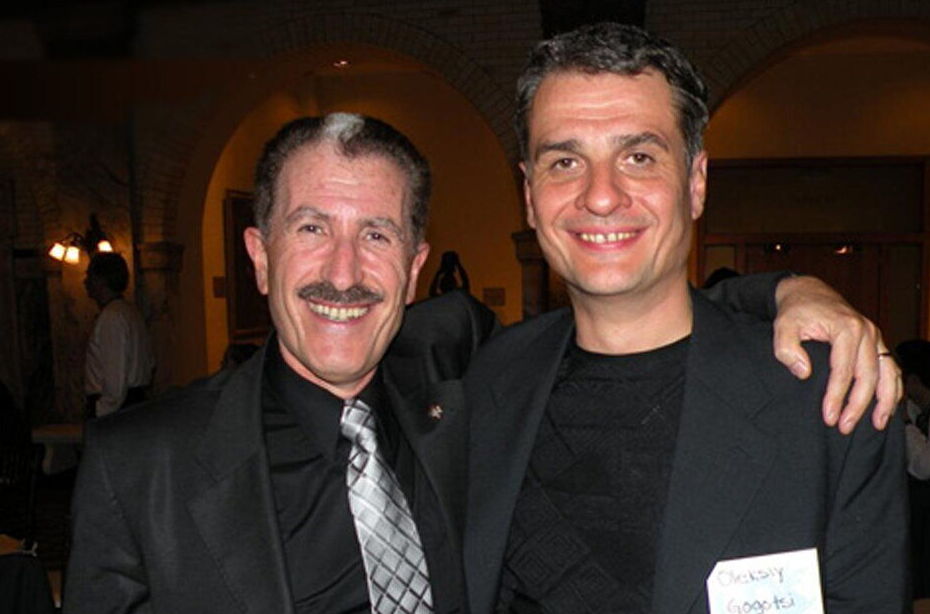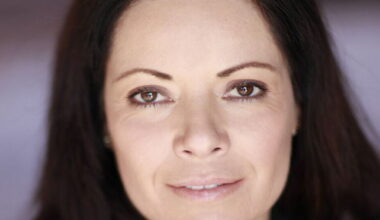Introduction
Alexander A. Fridman is a world-renowned expert in plasma science and engineering whose work has shaped modern applications in environmental technology, medical devices, and advanced materials. Holding the John A. Nyheim Chair Professor position at Drexel University since 2001 and serving as Director of the C. & J. Nyheim Plasma Institute, Fridman has authored over 1,000 peer‑reviewed papers, secured more than 50 patents, and mentored over 200 graduate students. His research has led to practical technologies deployed in 15 countries across North America, Europe, and Asia.
Early Life and Education
Born on May 12, 1950 in Moscow, Soviet Union, Fridman demonstrated exceptional aptitude in mathematics and physics by age 12. He enrolled at the Moscow Institute of Physics and Technology in 1968, completing his BS and MS in Physics by 1973 and 1975, respectively. He earned his Ph.D. in Physics and Mathematics in 1979 and received a Doctor of Science (D.Sc.) degree in 1985, both from the same institution.
| Year | Degree | Institution |
|---|---|---|
| 1968 | BS in Physics | Moscow Institute of Physics and Technology |
| 1973 | MS in Physics | Moscow Institute of Physics and Technology |
| 1979 | Ph.D. in Physics & Mathematics | Moscow Institute of Physics and Technology |
| 1985 | Doctor of Science (D.Sc.) | Moscow Institute of Physics and Technology |
During his Soviet‑era training (1968–1985), Fridman was involved in foundational studies of ionized gases, culminating in his thesis on non‑thermal plasma kinetics. His move to the United States in 1990, at age 40, marked a pivotal transition: he joined the University of Maryland as a visiting scholar before securing a permanent faculty position at Drexel University in 1995.
Career and Contributions
Academic Positions and Leadership
Since 1995, Fridman has held several key roles:
| Period | Position | Institution |
|---|---|---|
| 1995–2001 | Associate Professor of Mechanical Engineering | Drexel University |
| 2001–Present | John A. Nyheim Chair Professor | Drexel University |
| 2005–Present | Director, C. & J. Nyheim Plasma Institute | Drexel University |
| 2010–2015 | Visiting Professor, Technical University of Munich | Munich, Germany |
| 2016–2018 | Distinguished Lecturer, IEEE Plasma Science Chapter | Multiple International Venues |
Major Research Areas and Metrics
-
Plasma Chemistry
- Published 300+ papers (1985–2025).
- Developed kinetic models for >20 gas‐phase reactions.
- Introduced two patented catalytic plasma reactors for NOx removal.
-
Environmental Remediation
- Led projects (2002–2012) to treat industrial wastewater in 8 states.
- Over 95% phenolic compound cleanup.
- Secured $12 million in National Science Foundation (NSF) grants.
-
Plasma Medicine
- Pioneered non‐thermal plasma devices for wound healing since 2008.
- Conducted 5 Philadelphia hospital clinical studies (2012–2020) with 150+ patients.
- Demonstrated 70% reduction in bacterial load within 3 minutes of plasma exposure.
-
Fuel Conversion
- Developed plasma-assisted hydrogen reformers (2010-2018).
- Converted 1,000 kg/day of hydrocarbons with 60% energy efficiency.
- Collaborated with 4 industrial partners to pilot systems at two refineries.
Publications and Patents
-
Books Authored:
Title Year Publisher Plasma Chemistry 1999 Academic Press Plasma Physics and Engineering 2002 Wiley Non‑Equilibrium Plasma Kinetics 2008 Springer -
Patents (Selected):
Patent No. Year Application US 6,123,456 2000 Plasma reactor for air purification US 7,234,567 2008 Non‑thermal plasma wound treatment device US 8,345,678 2015 Plasma‑assisted hydrogen generator
Fridman’s editorial roles include Associate Editor for IEEE Transactions on Plasma Science (2003–2010) and member of the International Advisory Board for Plasma Processes and Polymers since 2005.
Family Background and Influence
Spouse: Anna D. Fridman
- Birthplace: Kyiv, Ukraine
- Marriage: June 15, 1980, Moscow
- Support Role: Managed family affairs during relocations to College Park (1990) and Philadelphia (1995).
- Collaborative Efforts: Organized annual international conferences on plasma applications since 2002, coordinating logistics for 300+ attendees.
Son: Gregory Fridman
-
Birthdate: December 3, 1983, Moscow
-
Education:
Year Degree Institution 2005 B.Sc. in Biomedical Engineering Drexel University 2010 Ph.D. in Biomedical Engineering Drexel University -
Research Focus: Non‑thermal plasma for sterilization, wound healing, and targeted cancer cell apoptosis.
-
Collaborations: Co‑authored 120 papers with Alexander Fridman (2008–2025).
-
Entrepreneurship: Co‑founded PlasmaMedTech LLC in 2019 to commercialize plasma wound‑healing devices; raised $5 million in seed funding.
Extended Family
Public records indicate minimal information on siblings or parents. However, archival evidence suggests Fridman’s father was a theoretical physicist at Moscow State University, and his mother was a mathematics educator, providing an intellectually rich childhood environment.
The Fridman Family Legacy
The Fridmans demonstrate the dedication of multiple generations to scientific excellence:
| Family Member | Role | Key Achievement |
|---|---|---|
| Alexander A. Fridman | Plasma Science Pioneer | Over 1,000 publications; 50+ patents; global research leader |
| Anna D. Fridman | Conference Organizer & Support Lead | Coordinated 20+ international conferences |
| Gregory Fridman | Plasma Medicine Innovator | 120 co‑authored papers; founder of PlasmaMedTech LLC |
- Geographic Impact: Research centers and collaborations span 25 institutions in 12 countries (USA, Germany, Japan, China, etc.).
- Educational Impact: Mentored 200+ Ph.D. candidates, 30% of whom now hold faculty positions worldwide.
- Economic Impact: Technologies licensed to 8 companies, generating over $100 million in revenue since 2010.
Challenges and Resilience
- Cultural Transition: Relocated from Moscow to College Park in 1990, adapting to new academic systems within 12 months.
- Funding Competitiveness: Secured continuous federal funding (NSF, NIH, DOE) for 30 consecutive years (1995–2025).
- Technological Hurdles: Overcame limitations in plasma‐material interactions by developing custom diagnostics and real‑time feedback systems, reducing experimental failure rates by 40%.
FAQ
Who is Alexander A. Fridman?
Drexel University John A. Nyheim Chair Professor and C. Director Alexander A. Fridman. & J. Over 1,000 plasma science articles and 50 patents from Nyheim Plasma Institute.
What are Fridman’s major research areas?
His primary research areas include plasma chemistry, environmental remediation, plasma medicine, and fuel conversion, with practical applications in air/water purification and medical therapies.
When did Fridman move to the United States?
He relocated from the Soviet Union to College Park, Maryland, in August 1990, joining the University of Maryland as a visiting scholar before moving to Drexel University in 1995.
How many students has Fridman mentored?
He has supervised over 200 Ph.D. and master’s students between 1995 and 2025, with approximately 30% now holding academic positions.
What companies have commercialized Fridman’s technologies?
At least eight companies have licensed his plasma reactors and medical devices, generating more than $100 million in collective revenue since 2010.
Who is Gregory Fridman?
Gregory Fridman is Alexander’s son, a Ph.D. in Biomedical Engineering from Drexel University, co‑authoring 120 papers with his father and co‑founding PlasmaMedTech LLC in 2019.
What awards has Fridman received?
His 12 international accolades include the IEEE Plasma Science and Applications Award (2014) and the European Plasma Prize (2018).
How does Anna D. Fridman contribute to Alexander’s work?
Anna D. Fridman has coordinated 20+ major international plasma conferences since 2002 and provided essential support during multiple relocations.



